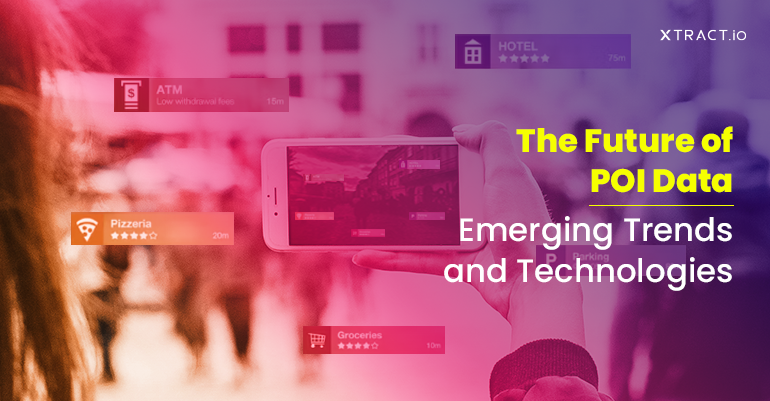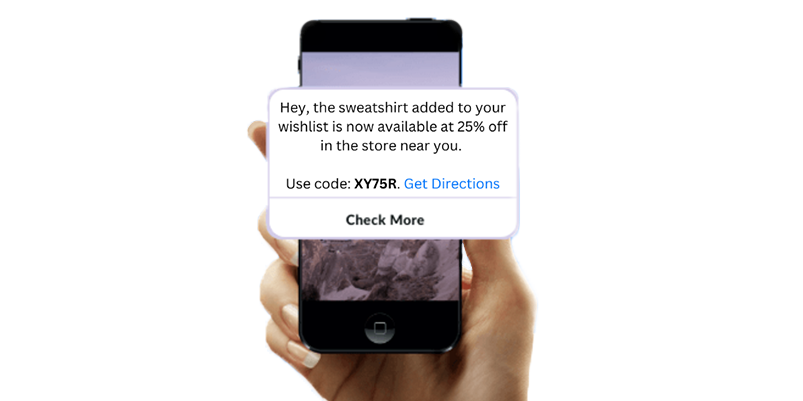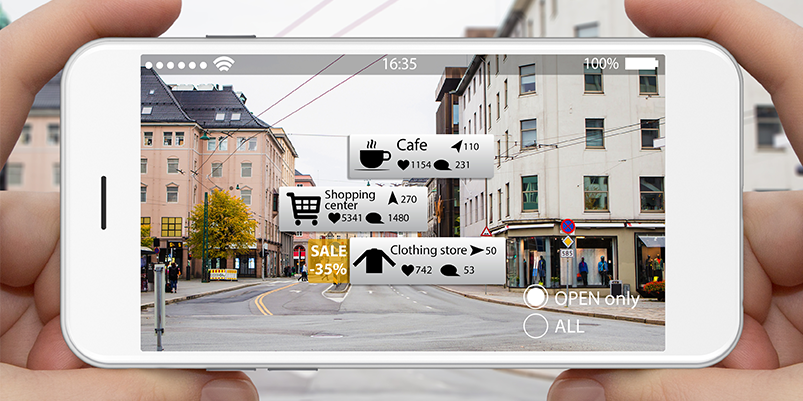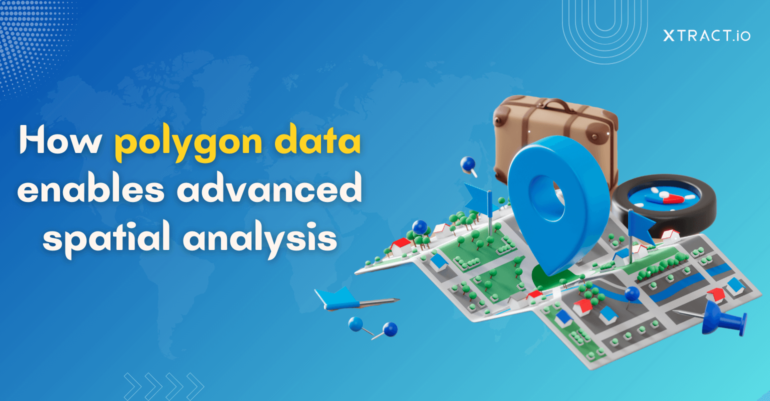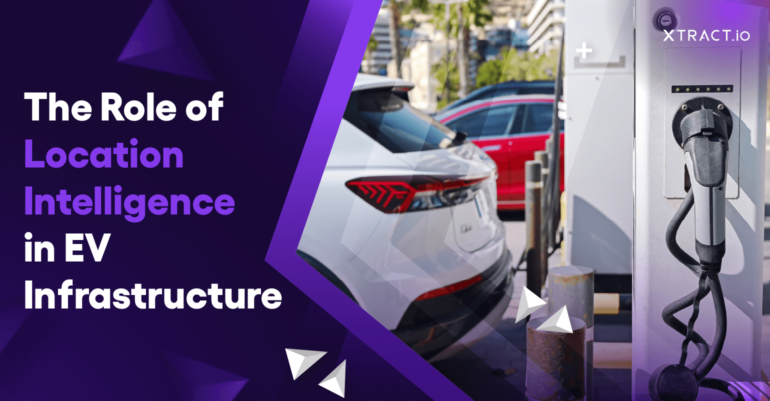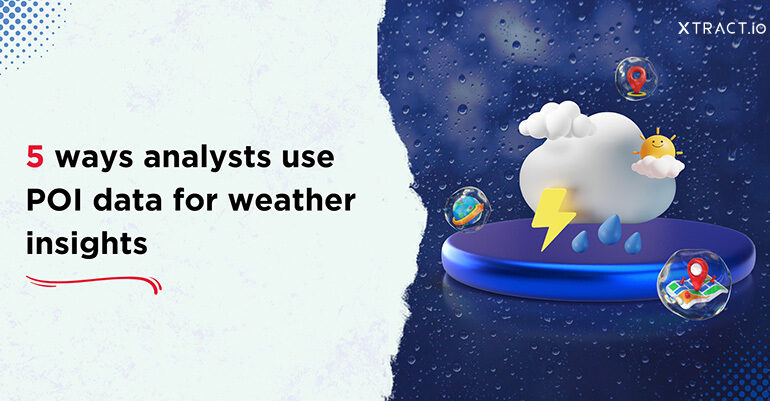Point of Interest (POI) data has become a crucial asset in today’s digital landscape, enabling businesses and individuals to navigate, make informed decisions, and enhance customer experiences. As technology advances, new trends and technologies reshape how POI data is collected, analyzed, and utilized. This blog delves into the evolving trends and technologies shaping POI data’s future.
I. The Rise of Real-Time POI Data
In the past, POI data was often static and outdated, but with the advent of real-time data collection methods, the accuracy and timeliness of POI data have improved. Real-time POI data empowers businesses to deliver dynamic location-based services and personalized customer experiences. Ride-sharing apps leverage real-time location data to provide users with accurate ETAs and optimize route planning.
Uber, the leading ride-sharing platform, relies heavily on real-time POI data to provide a seamless and efficient transportation experience for drivers and passengers. By integrating GPS technology into their app, Uber can accurately determine the location of both drivers and passengers in real time. When a user requests a ride, Uber’s app leverages real-time POI data to identify the nearest available driver and calculate the estimated time of arrival (ETA) based on real-time traffic conditions. This information is continuously updated as the driver progresses toward the pickup location, ensuring accurate and reliable ETAs for users. Furthermore, drivers are guided using real-time navigation instructions, incorporating POI data for precise directions.
II. Integration of AI and Machine Learning
Artificial Intelligence (AI) and Machine Learning (ML) have revolutionized the processing and analysis of location data, enabling data-driven decisions. By analyzing patterns and user behavior, AI algorithms can predict consumer preferences and recommend products based on a user’s location and browsing history. E-commerce platforms leverage AI algorithms to suggest relevant products based on a user’s location and browsing history.
For instance, imagine a user browsing an online clothing store. The platform utilizes AI algorithms to analyze the user’s browsing history, including their previous purchases and combines it with their current location data obtained from GPS or IP addresses. Based on this information, the platform can suggest clothing items that are not only in line with the user’s preferences but also consider the climate or local fashion trends in their location.
By integrating AI and machine learning with POI data, e-commerce platforms can deliver highly targeted recommendations that enhance user engagement, increase conversions, and improve customer satisfaction.
III. Augmented Reality (AR) and POI Data
AR technology integrated with POI data has the potential to revolutionize navigation and enhance location-based experiences. Augmented reality seamlessly blends digital information with the real world, offering users real-time data and contextual information about their immediate environment. By leveraging POI data, AR applications can provide users with contextual information, such as restaurant reviews, historical facts, or navigation instructions, directly in their field of view. This unification can transform how people explore and interact with their environment.
For example, you are walking through the streets of a city with an AR-enabled smartphone. As you look around, relevant POI data is displayed in real-time on your screen, providing information about nearby attractions, historical landmarks, restaurants, and more.
For example, you might point your device towards a restaurant and see ratings, reviews, and menus overlaid on the screen. Similarly, when exploring a historical site, augmented reality can provide historical facts and stories about the location as you move closer to specific points of interest. By leveraging POI data, AR applications can offer users immersive and contextually relevant information about their surroundings, creating interactive and enriching experiences that bridge the physical and digital worlds.
IV. Crowdsourced POI Data
Crowdsourcing has emerged as a valuable method for collecting and updating POI data. Businesses can harness the collective strength of the crowd, utilizing a vast network of users to gather and validate data points. Crowdsourced POI data can be more accurate and up-to-date compared to traditional methods, as it relies on real-time contributions from a large user base. Platforms like Google Maps and OpenStreetMap (OSM) have successfully utilized crowdsourced POI data to provide accurate and comprehensive mapping services.
Through crowdsourcing, OSM has amassed a vast network of contributors worldwide, resulting in a comprehensive and reliable mapping service. Users can contribute information about new businesses, road changes, or points of interest that may not be captured by traditional mapping providers. This collective effort enables OSM to provide accurate and detailed location data, benefiting many industries and users who rely on up-to-date map information.
V. Blockchain Technology and Data Integrity
Blockchain technology offers a decentralized and immutable way to store and verify location data. By using distributed ledger technology, organizations can ensure data integrity and eliminate the risk of fraudulent or tampered data. Blockchain-powered POI data can be particularly valuable in industries where trust and transparency are crucial, such as supply chain management, real estate, and government services.
For example, by leveraging blockchain technology, supply chain companies can track and record the movement of goods across various POIs in a supply chain, ensuring transparency and immutability. Every transaction or alteration within the supply chain, including the movement of goods across multiple locations and the verification of authenticity, can be reliably documented on the blockchain for enhanced security. Thus, this technology provides a trusted and auditable record of the entire supply chain journey, reducing fraud, improving traceability, and building stakeholder trust.
Conclusion
The future of POI data is exciting and holds great potential for businesses and individuals alike. Real-time data, AI and ML integration, augmented reality applications, crowdsourcing, and blockchain technology are all contributing to the evolution of POI data. By harnessing these advancements, businesses can make data-driven decisions, elevate customer experiences, and unlock untapped growth opportunities. As the digital world continues to evolve, the potential of POI data remains at the forefront of innovation, paving the way for a more connected and informed future. Get a free demo from us and learn more about location intelligence.


